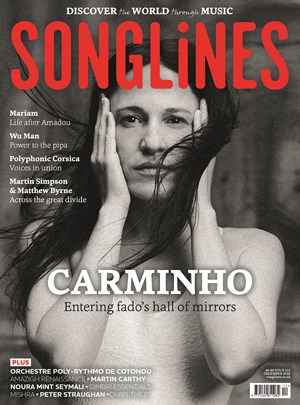Friday, November 1, 2019
What next for the record label?
The record industry is in a state of flux, with many labels struggling to keep up with the rapidly changing marketplace. Yet there are artists and labels still riding the wave and who are unanimous about their ultimate motivation – making great music


Register now to continue reading

Thanks for visiting the Songlines website, your guide to an extraordinary world of music and culture. Sign up for a free account now to enjoy:
- Free access to 2 subscriber-only articles and album reviews every month
- Unlimited access to our news and awards pages
- Our regular email newsletters

